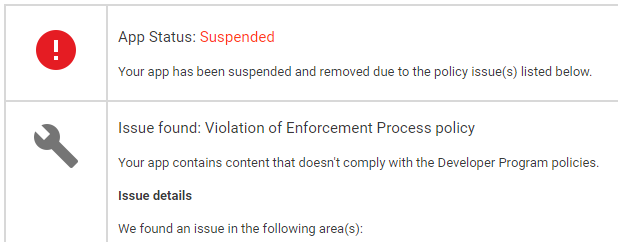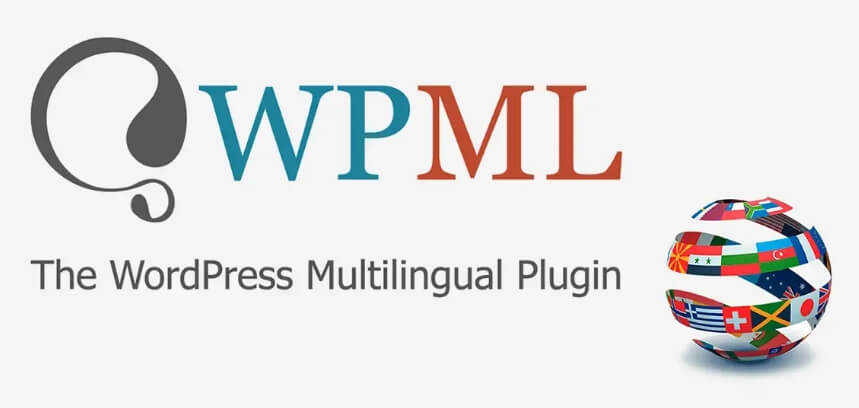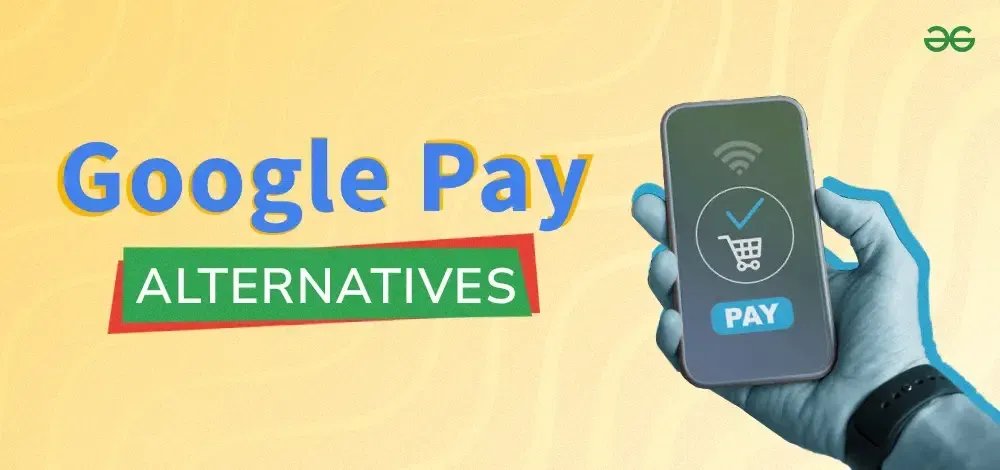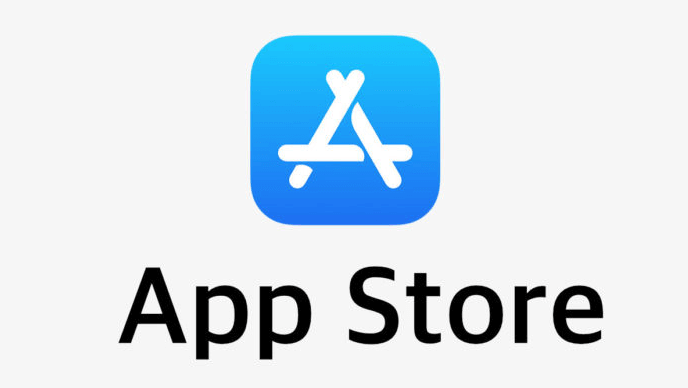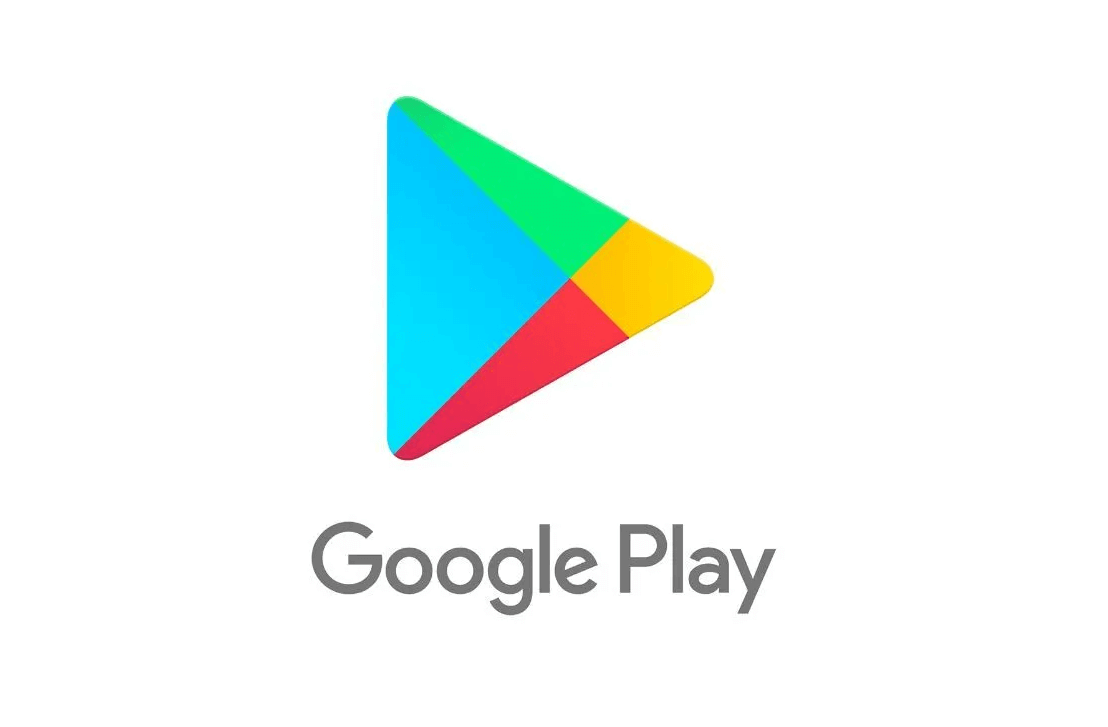Recently, two concepts have sparked heated discussions in the tech community: PWA (Progressive Web App) and W2A (Web to App). Some seasoned developers have bluntly dismissed them as “trash.” But is that truly the case? This article delves into these “new” technologies, analyzing their role and value in today’s web landscape.
What is PWA?
PWA, introduced by Google in 2015, is a new type of web application that combines the advantages of traditional websites with those of native apps. PWAs can work offline, provide an app-like experience, and can be added to a user’s home screen for quick access. Its key advantage is that it requires no installation, offers fast updates, and doesn’t need user intervention.
Built on open web technologies like HTML5, CSS3, and JavaScript, PWAs aim to deliver a near-native app experience. Key characteristics include:
No Installation: Users can access it directly through a browser without downloading from an app store.
Offline Functionality: With Service Worker technology, PWAs can continue to function even without internet access.
Fast Loading: Optimized resource loading ensures quick content delivery to users.
Native Experience: Offers features like full-screen mode and adding to the home screen for a more native app feel.
What is W2A?
W2A, or Web to App, is a technology that converts web content into standalone applications for mobile devices. It allows developers to quickly transform existing web applications into native apps, resulting in improved performance and user experience with minimal changes. Its main advantages are:
Lower Development Cost: Reduces the need to redevelop native applications, saving time and resources.
Rapid Deployment: Enables quick generation of applications for different platforms based on existing web apps.
Performance Optimization: Enhances app performance and user experience through specific frameworks and optimization.
Why Do Some Developers Call Them “Trash”?
This skepticism likely stems from a preference for traditional development methods and mistrust of new technologies. Some developers believe that PWA and W2A are nothing more than H5 pages that may “deceive” less tech-savvy users without offering performance or user experience comparable to native apps. Furthermore, they have limitations in specific scenarios, such as restricted access to hardware features and native APIs, which can limit app functionality.
W2A, in particular, often faces security concerns, as it can trigger malware warnings during device scans. Google Play may repeatedly flag such apps as risky, which can hurt user retention and engagement.
In contrast, PWA generally holds more practical value.
Advantages of PWA and W2A
Despite the skepticism, PWA and W2A offer clear advantages. For small to medium-sized enterprises and startups, they provide a cost-effective, short development cycle solution.
The cross-platform nature of PWAs means developers can build once and deploy across multiple platforms, significantly reducing maintenance costs. Moreover, the responsiveness of web technologies allows PWAs to quickly adapt to market changes, making updates and iterations easier.
Future Outlook
Technology is constantly evolving, and PWA and W2A are steadily maturing. As browsers and mobile device performance improve, along with ongoing updates to web standards, the potential for PWA and W2A will continue to grow. Future trends may include:
Standardization: As web technology standards advance, PWA and W2A will gain broader support and acceptance.
Performance Improvements: Advancements in browser and hardware technology will further enhance the performance of PWA and W2A.
Ecosystem Growth: With more developers and companies involved, the ecosystem surrounding PWA and W2A will become more robust.
Conclusion: Embracing PWA Amid Google Play’s Challenges
Ultimately, PWA addresses a major pain point for overseas developers: getting apps approved on Google Play, which has become increasingly difficult. Many developers feel stuck as they struggle to navigate Google Play’s complex policies. Despite the wealth of guides on this topic, no one can guarantee 100% success in getting an app listed. Even when successful, the results can be less than satisfying. Given the time, effort, and resources that go into development and publication, no one wants to come up empty-handed.
Perhaps PWA is worth a try. In the tech world, there is no absolute “trash” or “perfect” solution. Whether PWA fits your project depends on your specific needs and context. As developers, we should stay open-minded, continuously learn, and adapt to new technologies to create better products and services.
In the end, PWA and W2A are simply two of the many trends in today’s rapidly evolving tech landscape. By approaching them with a rational perspective—neither overly embracing nor dismissing—we can discover the best use cases for these technologies in practice.
